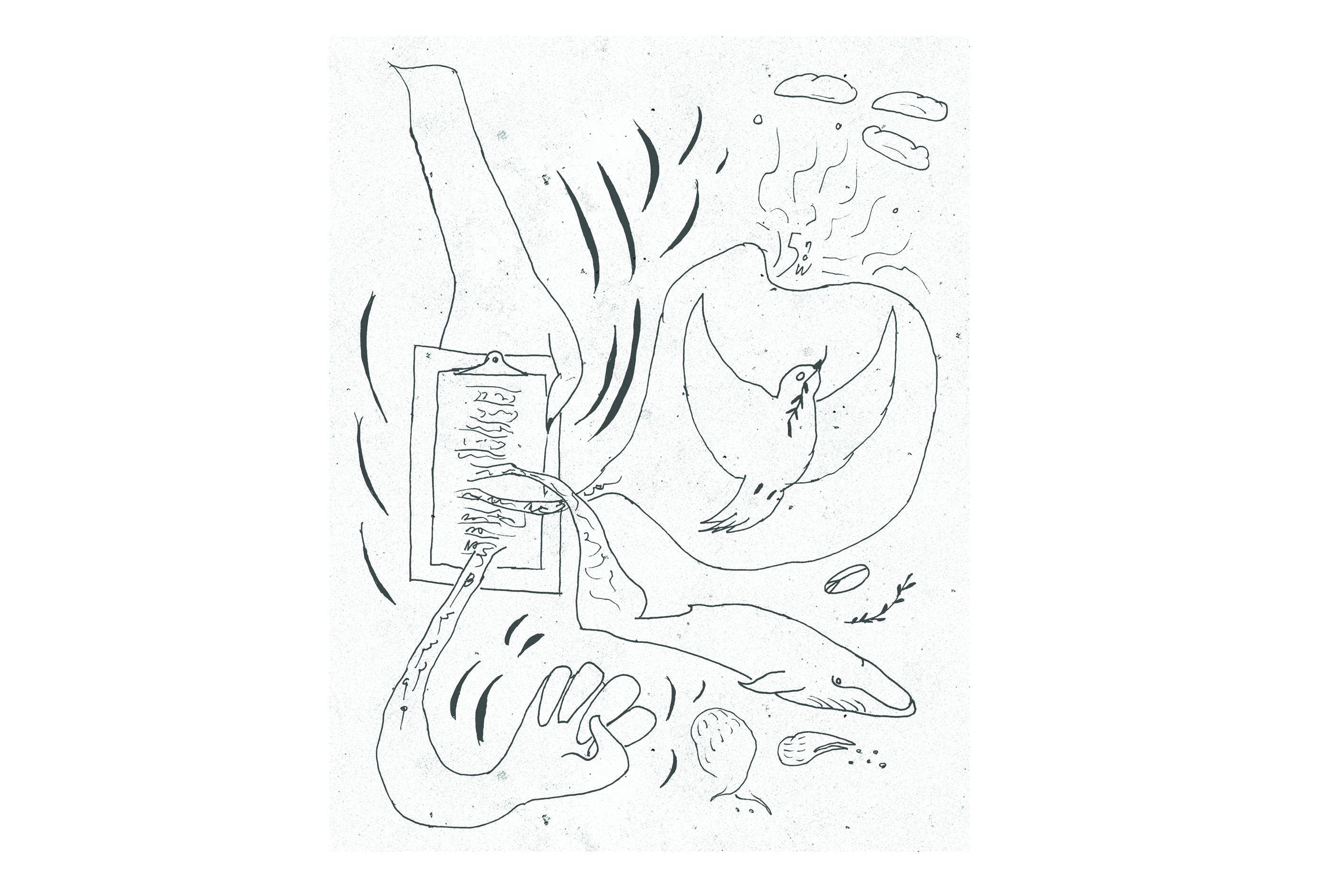Just how much useless crap can someone have? How much of one’s life can be dedicated to acquiring said crap? These questions and more are answered in The Treasures of Long Gone John.
Another man’s trash
Just how much useless crap can someone have? How much of one’s life can be dedicated to acquiring said crap? These questions and more are answered in The Treasures of Long Gone John. For the most part it holds true as an in-a-nutshell description of this film.
Long Gone John is the story of the man of the same name, who is a collector of “pop cultural ephemera” and “lowbrow art,” and is the owner of Sympathy for the Record Industry, an independent record label with bands such as The White Stripes under its belt.
Sounds interesting, right? The story of an all-American, bootstrap-pulling, underground-cultural entrepreneur ought to practically write itself. Just throw some shots of the guy’s cool crap in there, and you have a nice 90 minutes.
That’s not quite the way it happens with this film, however. First of all, “pop cultural ephemera” apparently means “the most useless, lame crap imaginable.” The movie doesn’t even really get into what exactly Long Gone John’s treasures are, other than talking about them vaguely as a huge group. From what’s shown, however, the treasures appear to consist mostly of ugly toys with nothing but extreme kitsch value to justify their existence. It might have been different if there had been something with actual pop-cultural significance, but it is mostly those hideous ’70s dolls with giant, crying eyes. And as for the “lowbrow art,” one quickly learns that what this fancy term means is “hacky Rat-Fink rip-off paintings.” Shots of these pieces are then accompanied by their creators bitching about how the fine art world doesn’t accept them, and how their work is superior thanks to its visceral quality and ability to be embraced by regular folk. The actual merits of this argument are questionable, and most of the artists come off as whiny, obsessive hipsters saying the same things about art and commodity Andy Warhol said a lot better 40 years ago.
More interesting is the story of John’s record label and record collection, and the film would have benefited from a deeper examination of these aspects of his huge collection, but they are given very little focus. At one point, John mentions that the first five records he bought back in his childhood were very important to him, but of course neither he nor the filmmakers bother to say what those were and shed some light on his musical development or taste. Instead, it seems that Long Gone John is only interested in records as a facet of his crap-collecting hobby, as “artifacts.” This is sad, especially for someone who tries to come off as some kind of “rock and roll” type guy. Obviously, rock and roll is not about collecting records for its own sake, or releasing records for its own sake.
While John could very well be a fine man running his label to get underexposed music out there, this is not the impression given by the film. Instead, the picture is of a self-absorbed L.A. hipster with a grotesque collecting obsession, ironically rambling on about how non-materialistic and punk he is and what a hard life he’s had.
The film obviously intended to be a celebration of a unique individual and his interesting life and possessions, but unwittingly seems to have the opposite effect. It is boring, and unflattering to Long Gone John, whether or not the impression given by the film is true. Thrown together as haphazardly as the warrens of ugly crap in Long Gone John’s house, the film stretches on for what seemed like tens of agonizing hours, making no real point along the way. Do yourself a favor and sit this one out.




